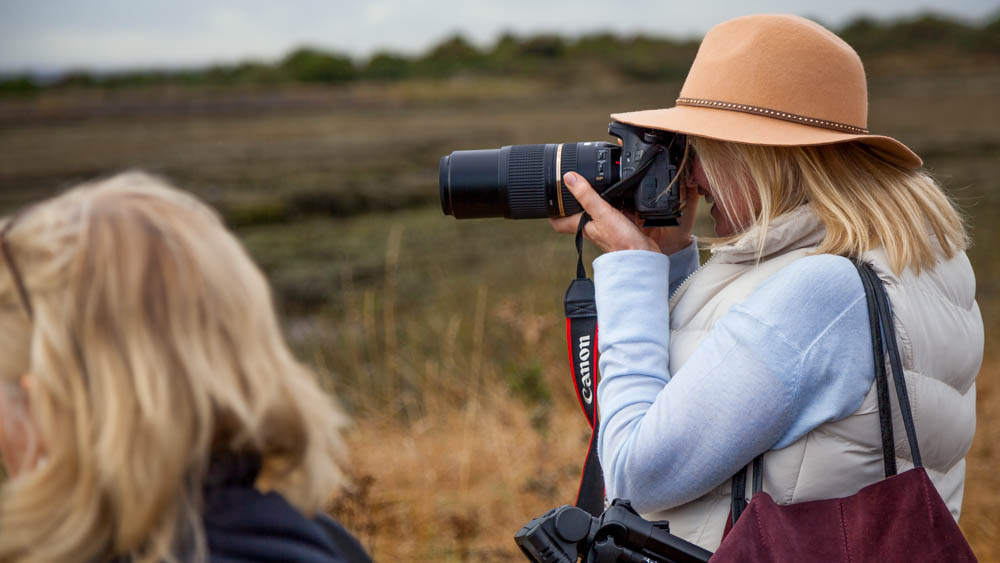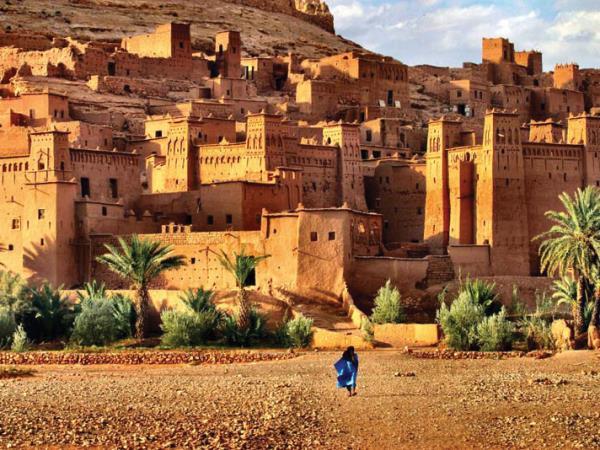Discover bush: Immersive Wildlife Photo Tours Experience
Wiki Article
From Amateur to Pro: A Thorough Digital Photography Workshop for All Levels
Whether you are a beginner looking for a strong foundation or a seasoned lover looking to improve your abilities, this workshop provides a detailed curriculum that covers video camera fundamentals, composition methods, lighting and exposure, progressed modifying suggestions, and eventually taking your digital photography to the next degree. Join us on this trip of improvement and unlock your real potential as a digital photographer.Understanding Electronic Camera Fundamentals
In order to become a competent photographer, it is vital to have a detailed understanding of the fundamentals of your camera. Without this fundamental expertise, it would certainly be challenging to record top notch images and completely make use of the capabilities of your devices. Understanding electronic camera basics involves familiarizing on your own with the numerous settings and features offered on your video camera.Primarily, you ought to become accustomed with the different capturing modes, such as manual, aperture priority, and shutter concern. These modes permit you to have control over vital components of your photos, such as the depth of area and motion blur. Additionally, discovering about exposure setups, such as ISO, aperture, and shutter speed, is important for accomplishing well-exposed pictures in various illumination conditions.
In addition, comprehending the autofocus system and how to efficiently use it can considerably enhance the sharpness and clearness of your pictures. Understanding just how to readjust white equilibrium setups will certainly make certain precise shade recreation in your pictures. Furthermore, grasping the numerous metering modes will help you properly reveal your topics.

Grasping Structure Methods
Having actually established a strong foundation in comprehending electronic camera fundamentals, photographers of all degrees can currently explore understanding make-up strategies to boost their work to an expert degree. Structure plays an essential function in photography, as it identifies how the components within a structure are organized and just how they engage with each various other. By grasping structure methods, professional photographers can produce aesthetically compelling photos that mesmerize audiences and successfully connect their designated message.One key structure strategy is the rule of thirds. UK Photo Tours. This technique includes separating the structure into a grid of nine equivalent parts using 2 straight and two upright lines. By putting the major topic or factors of rate of interest along these lines or at their intersections, photographers can develop a visually appealing and well balanced composition
An additional strategy is leading lines, where lines in a picture are used to guide the audience's eye in the direction of the subject. These lines can be all-natural, such as a river or a course, or man-made, like a road or a staircase. By incorporating leading lines right into their structures, digital photographers can include deepness and aesthetic rate of interest to their photos.
Furthermore, the use of proportion and patterns can create a sense of harmony and balance in a photograph. Symmetry describes the plan of elements in a means that is flawlessly balanced and mirrored, while patterns include the repetition of structures, shades, or shapes. By integrating balance and patterns into their make-ups, photographers can produce aesthetically striking and cosmetically pleasing pictures.
Exploring Lighting and Exposure
To attain professional-level photography, it is imperative to dig right into the expedition of illumination and direct exposure, two fundamental elements that greatly influence the visual quality and mood of a picture. By comprehending different lights strategies, photographers can control shadows, highlights, and structures to create depth and dimension in their pictures.Checking out lighting includes comprehending the three main kinds of lights: natural light, synthetic light, and mixed lights. All-natural light, such as sunshine or moonlight, offers a softer, extra organic feeling to the picture. Artificial light, on the various other hand, allows photographers to have more control over the intensity and instructions of light, making it suitable for studio arrangements. Mixed lights describes the combination of all-natural and man-made light sources, which can produce unique and significant impacts.
Aperture controls the amount of light going into the electronic camera, while shutter speed figures out the period of the direct exposure. By mastering the interplay between these 3 components, digital photographers can accomplish the desired exposure for their images.
Advanced Editing And Enhancing Tips and Tricks

Layer masks enable digital photographers to make precise changes to specific areas of an image, permitting for higher control and creative thinking - Wildlife Photo Tours. This strategy can be utilized to boost contrast, develop deepness, and guide the viewer's eye via the picture.
In addition, understanding shade grading can substantially improve the mood and overall visual of a photograph. By adjusting the color use this link equilibrium, shade, and saturation, photographers can produce distinct and captivating photos. It is also vital to take note of information such as removing disturbances, sharpening the picture, and reducing sound to ensure a clean and specialist coating.
Taking Your Photography to the Following Level

One vital element is structure. Comprehending the principles of composition, such as the policy of thirds, leading lines, and framework, can considerably improve the aesthetic allure and storytelling possibility of your photos. By carefully preparing the elements within your frame, you can develop a feeling of balance, consistency, and visual rate of interest.
Additionally, experimenting and exploring various categories with numerous styles can aid widen your innovative perspectives. By stepping outside your convenience zone and attempting new techniques, you can find distinct viewpoints and establish a distinct photographic voice.
Furthermore, constantly seeking responses from skilled professional photographers and joining review sessions can provide useful insights and constructive criticism. By discovering and evaluating from the job of others, you can refine your own imaginative vision and boost your technological abilities.
Lastly, purchasing top quality tools and staying upgraded with the most up to date technological innovations can also add to taking your digital photography to the next degree. While equipment isn't everything, having the right devices can dramatically improve your capacity to record and display your artistic vision.
Conclusion
To conclude, the extensive digital photography workshop supplied valuable insights and methods for photographers of all degrees. Photography Holidays. By recognizing cam essentials, understanding composition strategies, discovering lighting and direct exposure, and learning advanced editing pointers and methods, individuals had the ability to improve their photography skills and take their work to the next level. This workshop provided a strong foundation for those seeking to improve their digital photography abilities and seek their enthusiasm in a specialist wayBy understanding composition methods, digital photographers can develop aesthetically compelling photos that mesmerize customers and effectively connect their designated message.
By incorporating leading lines into their make-ups, photographers can include depth and visual rate of interest to their images.
By incorporating proportion and patterns into their make-ups, photographers can develop aesthetically striking and cosmetically pleasing images.
By recognizing different illumination strategies, digital photographers can adjust shadows, highlights, and structures to create depth and measurement in their photos (Photographic Workshops). Advanced editing permits digital photographers to boost their images to new degrees, transforming them into works of art
Report this wiki page